You regulars here already know, I love craft beer. It is a passion of mine.
Another passion of mine? Art.
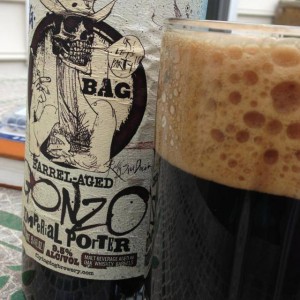 For those of you who don’t know, I designed the FBW logo – both versions. I did the Battle of the Bubbles design, have painted murals, and done designs for a number of different businesses and organizations. I am fascinated by art, and living with a graphic designer, I ponder things like advertising, web, and other forms of graphic design.
For those of you who don’t know, I designed the FBW logo – both versions. I did the Battle of the Bubbles design, have painted murals, and done designs for a number of different businesses and organizations. I am fascinated by art, and living with a graphic designer, I ponder things like advertising, web, and other forms of graphic design.
One of the things that truly fascinates me is beer label design.
I love beer label design. Enough that I have found that there are a handful of different schools of design for the labels. You have the old-school design – your traditional Budweiser/Pabst label – Shiner Bock actually falls into this category, as does North Peak; and you have irreverent, which includes your local Flying Dog, Stone, Clown Shoes, and Lagunitas (check out the fine print on the labels); Import inspired like Sam Adams (there is a hint of a Saint Pauli Girl element to the design there), Anchor Steam, and Sierra Nevada (keep in mind, all of these beers came out when they ; Clean and graphic – think Kona, Great Divide, Russian River, and Uinta; Cartoony like Bear Republic, Terrapin; Fine Arts inspired, such as Unibroue, and labels like DuClaw’s Devil’s Milk…there are a couple of other schools of beer label design, but those are some of the most widely used strategies.
And don’t get me wrong, I’m not trying to pigeon hole these brewers, or their labels – there’s a lot more to many of these labels than a simple word to describe the strategy which the breweries are using to market their beers, that said, a brewery’s strategy can be seen in the label. It speaks to who the breweries are targeting at as their customers – not necessarily from the standpoint from age, or fiscal profile, but more a personality, a 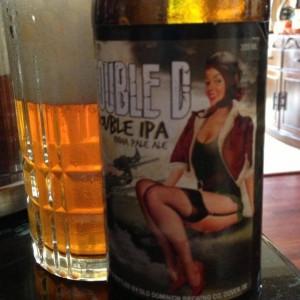 preference. Yes, the beer is, in the end what the beer geek is after, but for many people, the label is what gets them to pop the top.
preference. Yes, the beer is, in the end what the beer geek is after, but for many people, the label is what gets them to pop the top.
Ultimately, it doesn’t matter how good or bad the label is if the beer isn’t good. People will have that beer once, but they won’t come back for more.
Conversely, I do believe that a bad label can adversely impact a good beer. Speaking from personal experience, there are beers that I love that I fail to pick up at my local beer purveyor because the label isn’t eye-catching enough to be noticeable. I won’t name names here, but there are beers that I love that I just don’t even see when I’m scanning the shelves, not because they’re not there, but because their labels just don’t pop.
I’m not saying that every brewery needs to have Ralph Steadman (Flying Dog) creating art for their labels – the label for Pliny the Elder is simple and without a separate picture from the 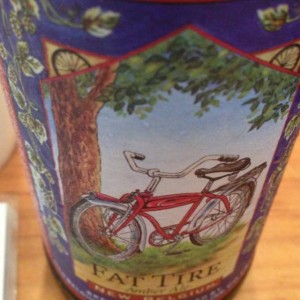 name plastered on the front, but the red circle on the green background is very noticeable. What I am saying is that the artwork matters…unless the brewery isn’t making good beer to begin with. And even that is with the caveat that bad art isn’t going to kill sales, but good art will certainly aid in them,
name plastered on the front, but the red circle on the green background is very noticeable. What I am saying is that the artwork matters…unless the brewery isn’t making good beer to begin with. And even that is with the caveat that bad art isn’t going to kill sales, but good art will certainly aid in them,
Which brings me to the latest announcement from Flying Dog…
On sale now exclusively in our brewery gift shop,* these collector’s items are $500 each with all proceeds benefiting The Gonzo Foundation.
Philosophical Question of the Week
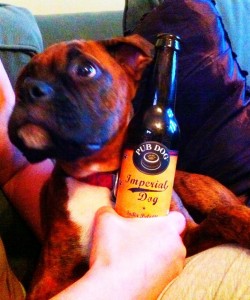
My wife and I own a boxer puppy. He’s almost a year old now, so we go on a lot of long walks. And I’ve noticed that a lot of the trash on the side of the road where I live is mostly beer bottles and cans. I have seen Coors, Bud, Bud Light, Miller Light, and a few of the other macros, b
Anecdotally, I’m leaning towards the former, as I can’t recall having ever seen a discarded craft bottle or can on the side of the road. I’d be curious to hear about other people’s experience with this.ut I have never seen a single craft beer container among the trash lining the side of the road. Is this because your average craft beer drinker is more environmentally and socially conscious than your average macro drinker? Or is it a numbers game? Macros still account for about 94 percent of the market, so does it become a, “I should find a craft container once in about every twenty times I see a discarded beer container?” sort of thing?
Tapped and Uncapped
This week, in honor of the release of the specially signed Gonzo magnums, I am going to recommend that your malt-nuts go out and try yourself some of the Barrel-Aged Gonzo. I’m often wary of whisky or bourbon barrel aged beers. Too often the beer is overwhelmed by the strong flavors of the whiskey or bourbon, and the drinker gets little to none of the flavors of the beer. It comes off as weak, fizzy bourbon or whiskey.
Not so with the BAG. The Gonzo has a strong malt backbone, rife with chocolate and coffee notes and it works well with the barrel aging process. While I still prefer my Gonzo straight, no barrel, I have a great appreciation and respect for this beer, and it is certainly worthy of your time and your taste buds. And don’t worry, if you can’t afford the $500.00 price tag of the magnum, you can still get a bomber of it for somewhere in the neighborhood of $10.00.
Until next week, be well and drink good beer.
Slainte.


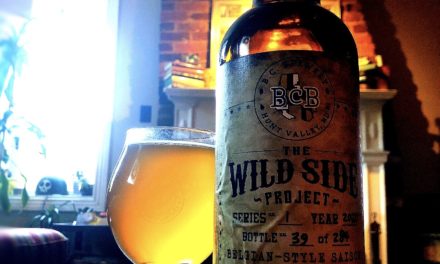


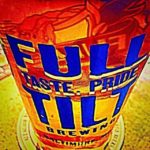

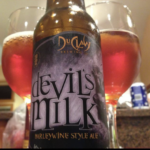
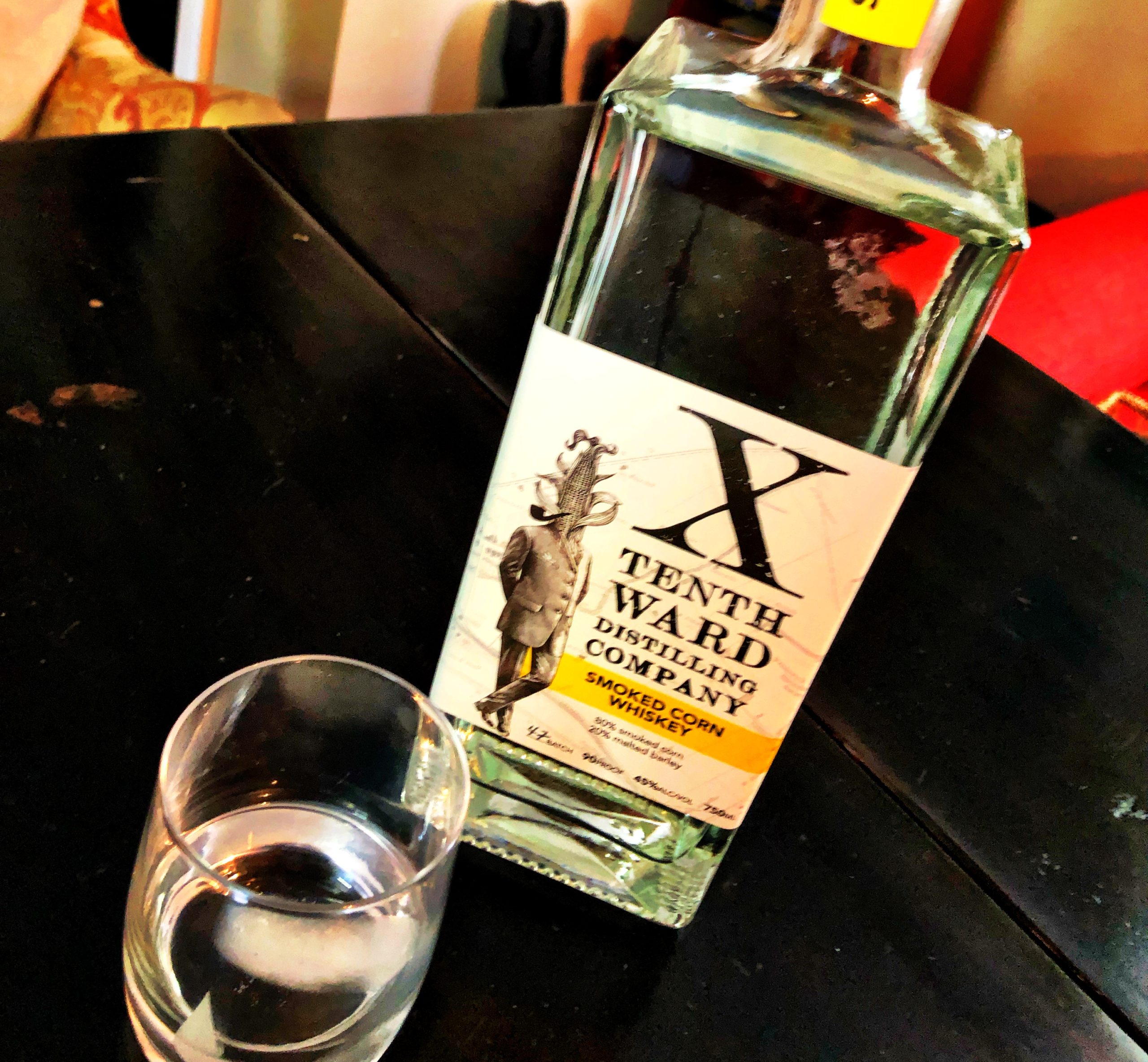

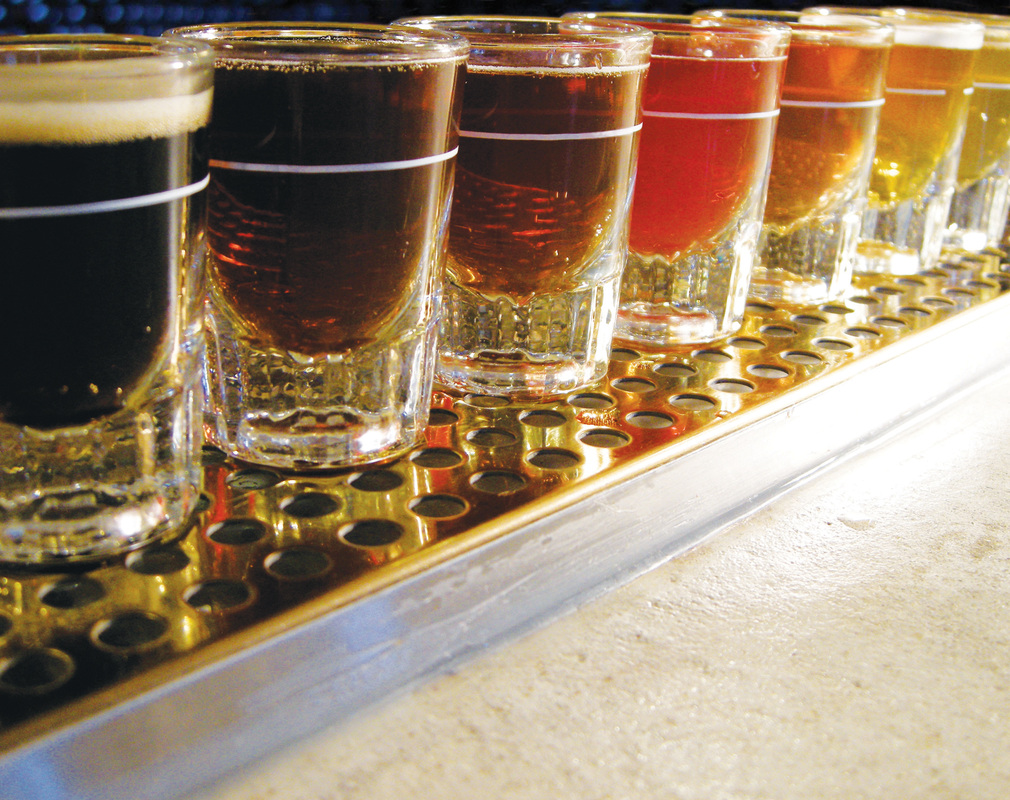
Follow Frederick Behind Bars!